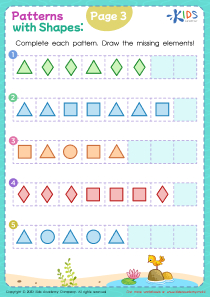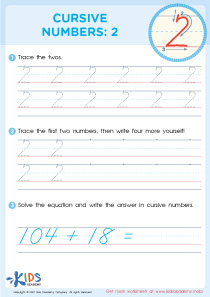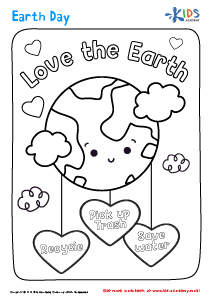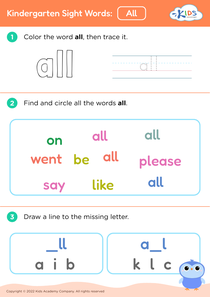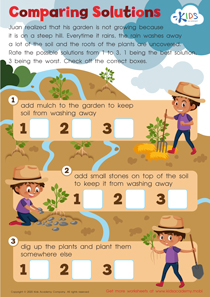Cursive Writing worksheets activities for Ages 3-8 - Page 2
26 filtered results
-
From - To
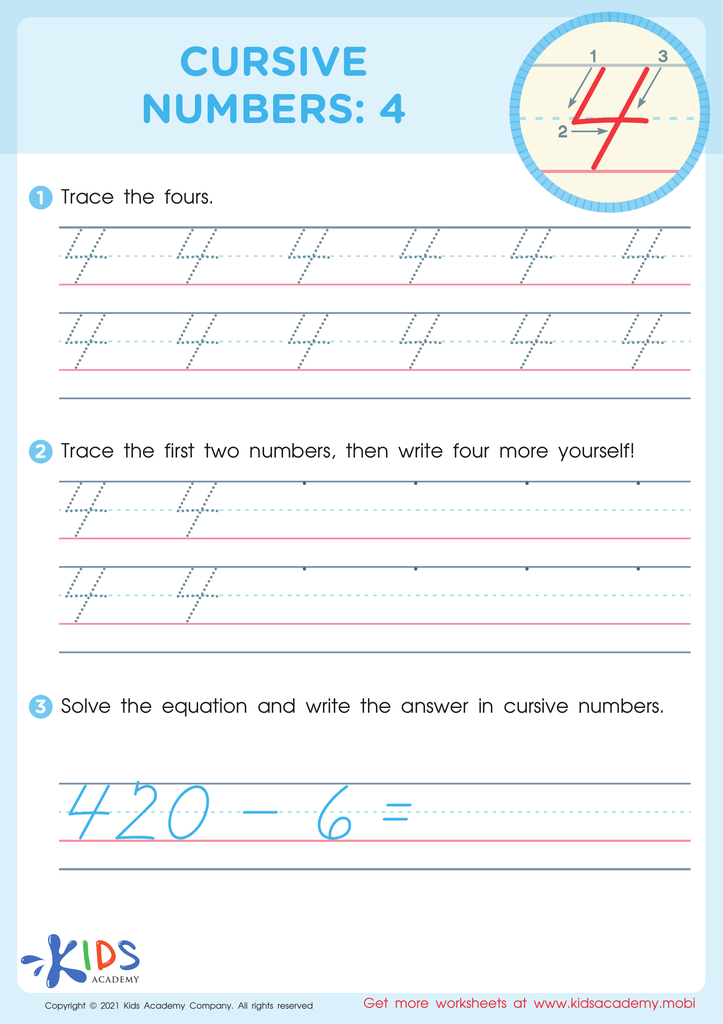

Cursive Numbers: 4 Worksheet
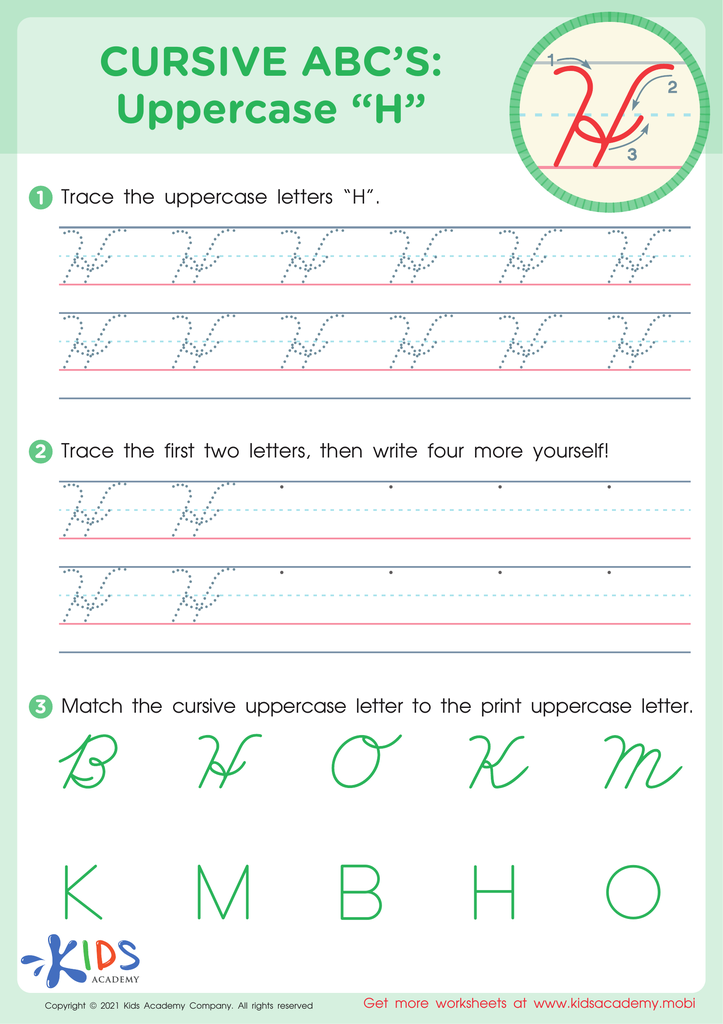

Cursive ABCs: Uppercase H
Cursive writing activities are essential for children aged 3 to 8 for several compelling reasons. First, they promote fine motor skills and hand-eye coordination, which are critical for developing the dexterity necessary for all writing tasks. Engaging in cursive writing helps young learners strengthen their finger muscles and control over writing instruments, laying the foundation for effective handwriting.
Secondly, cursive writing fosters cognitive development. The fluid, connected motions involved in cursive improve memory retention and spellings, as the brain is engaged more fully in the writing process. Additionally, cursive training can enhance reading skills by teaching children to decipher handwritten letters more easily.
Cursive writing also promotes creativity and self-expression. Unlike print, cursive allows for more stylistic and personal expression, giving children the opportunity to choose their letter styles, which can increase their enthusiasm for writing.
Furthermore, in a world that increasingly relies on digital communication, producing legible cursive writing remains a valuable skill. It ensures that children can read historical documents, notes, and personal letters in later life.
Encouraging cursive writing activities in early childhood ultimately supports holistic development, helping children become confident, capable communicators.







.jpg)

